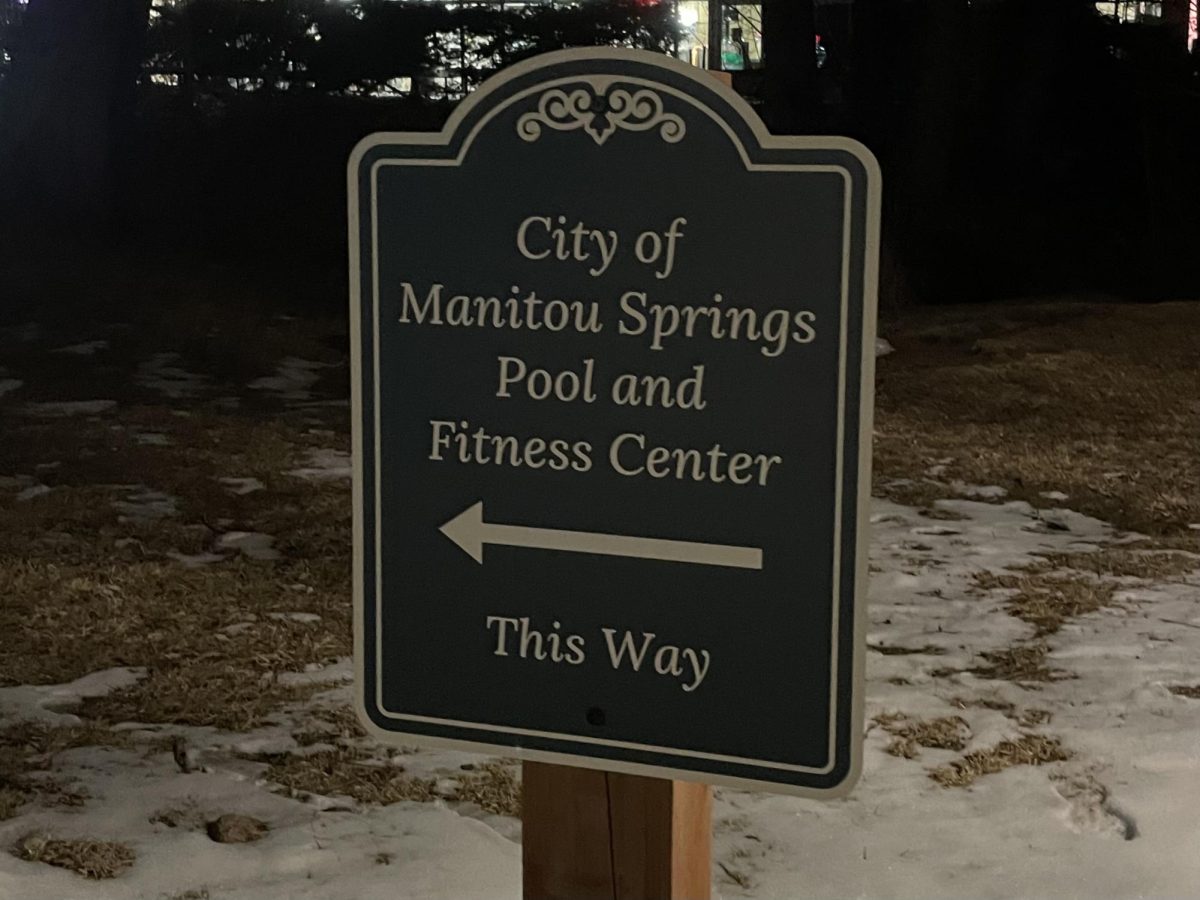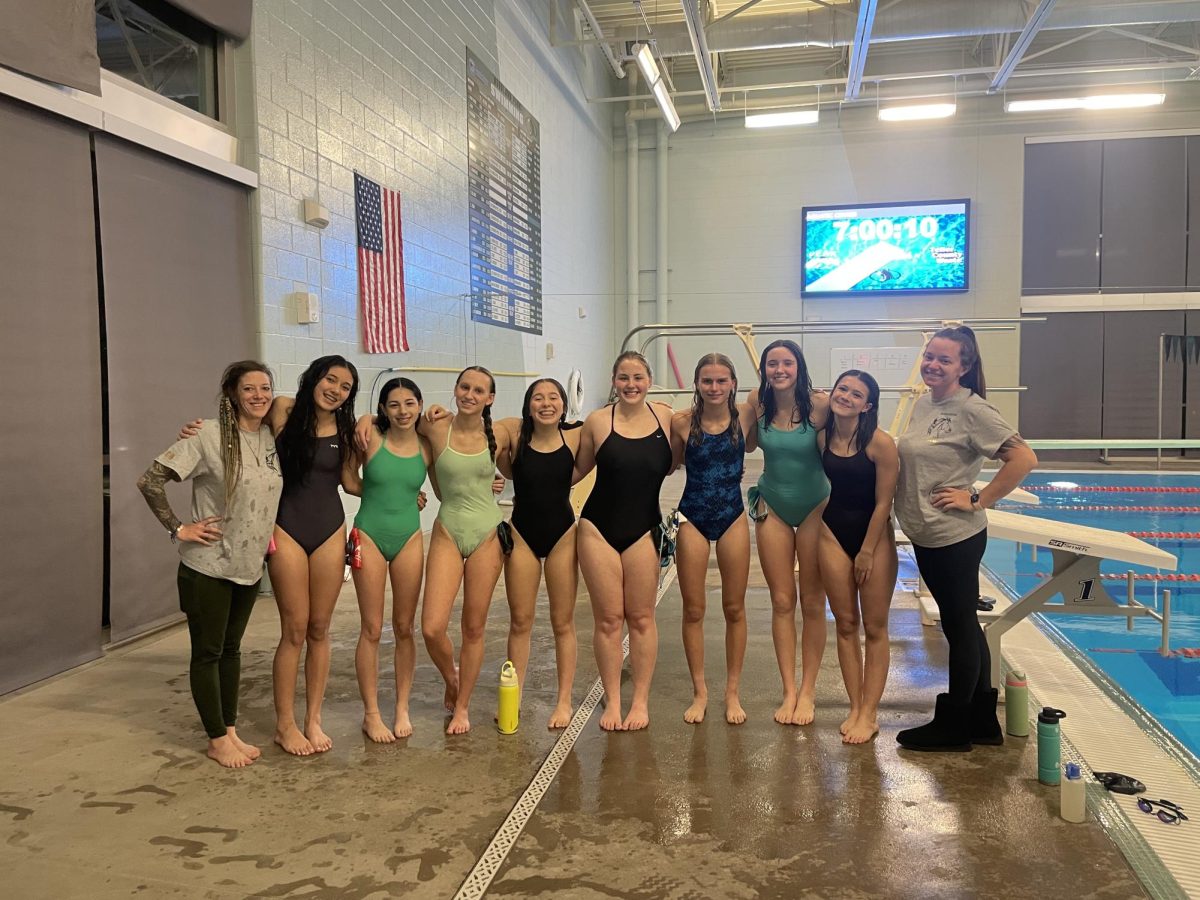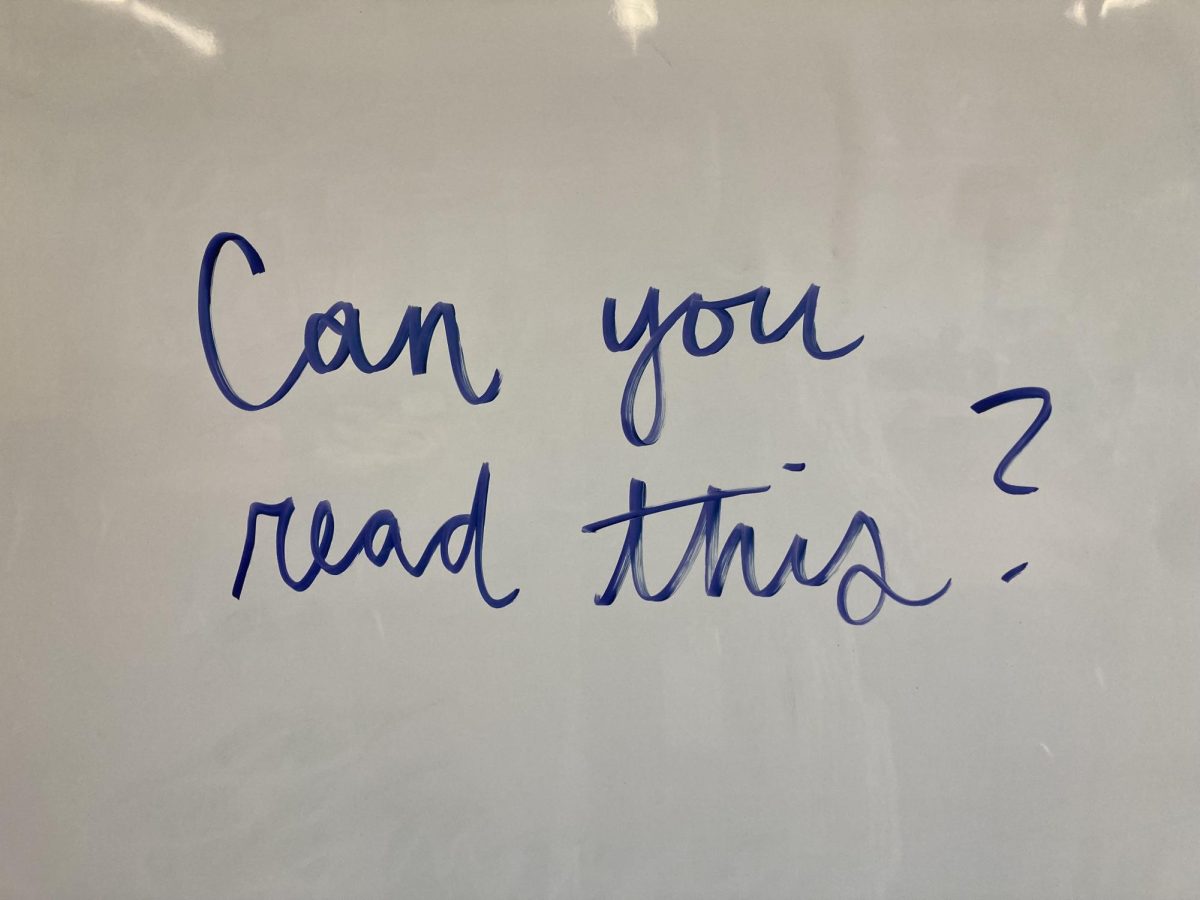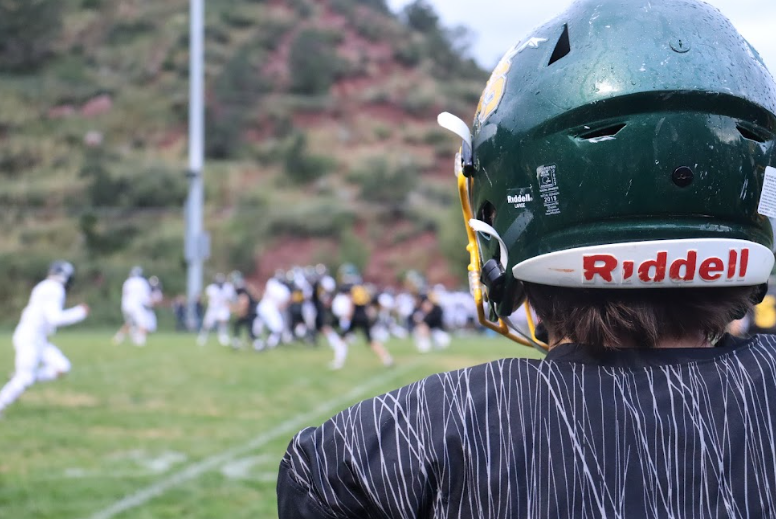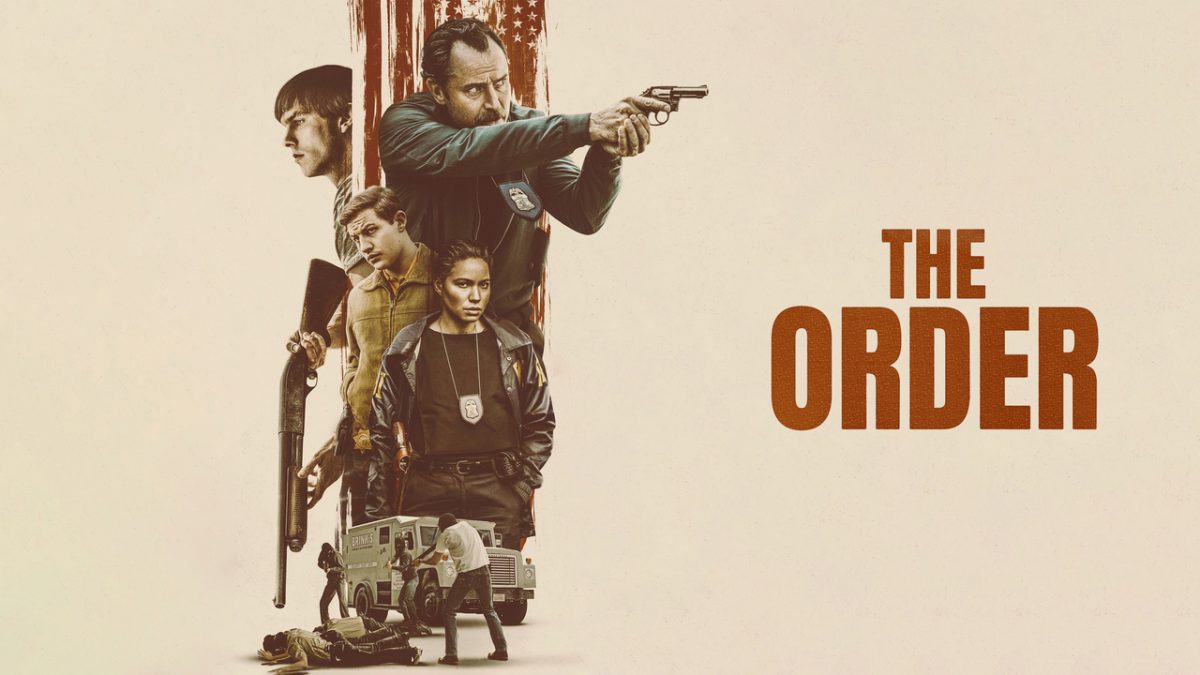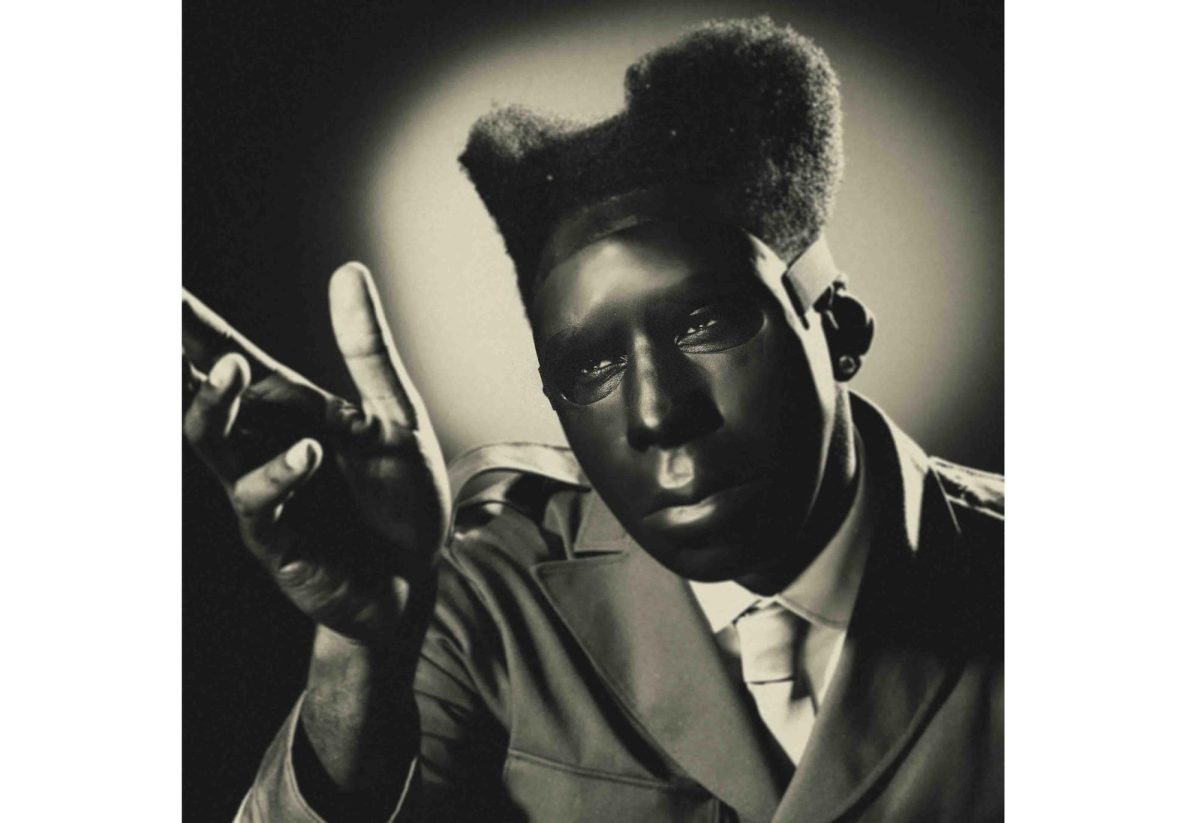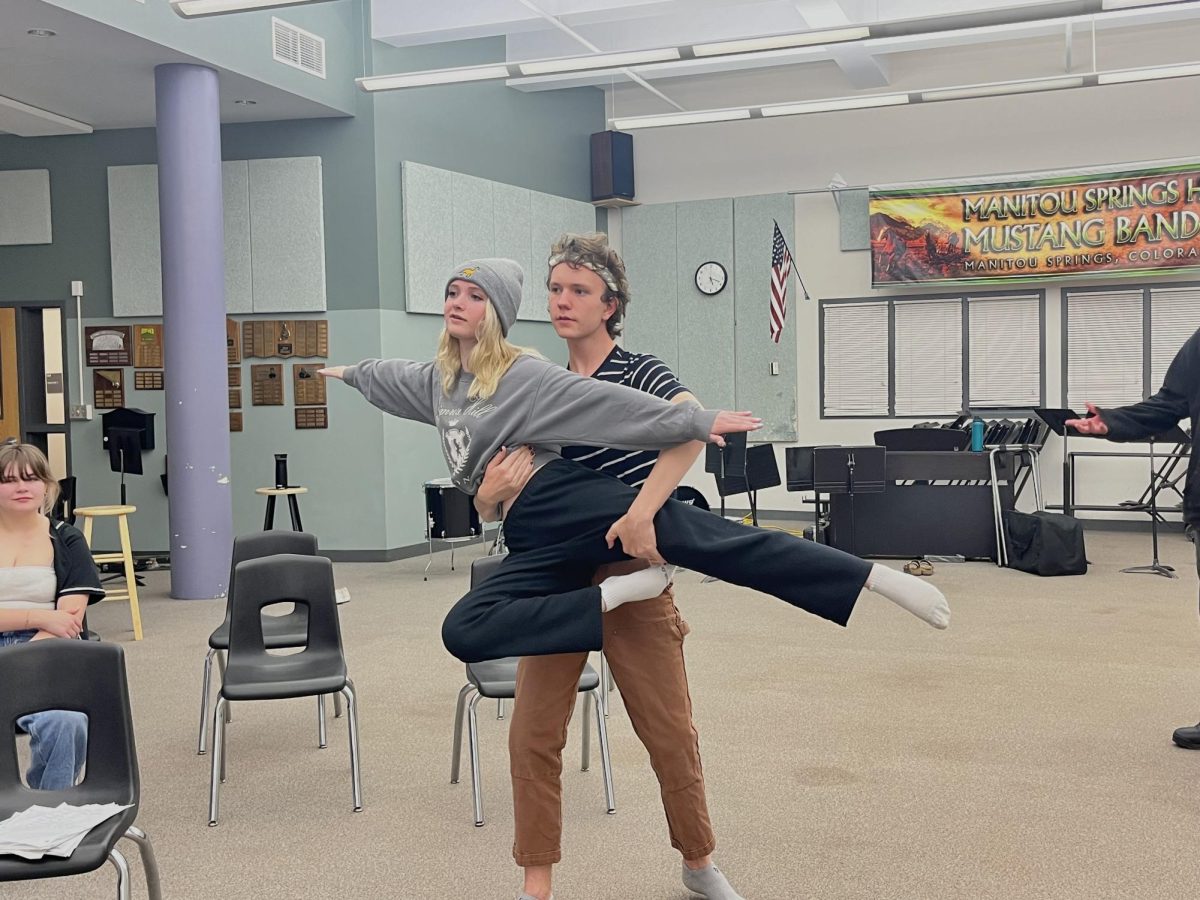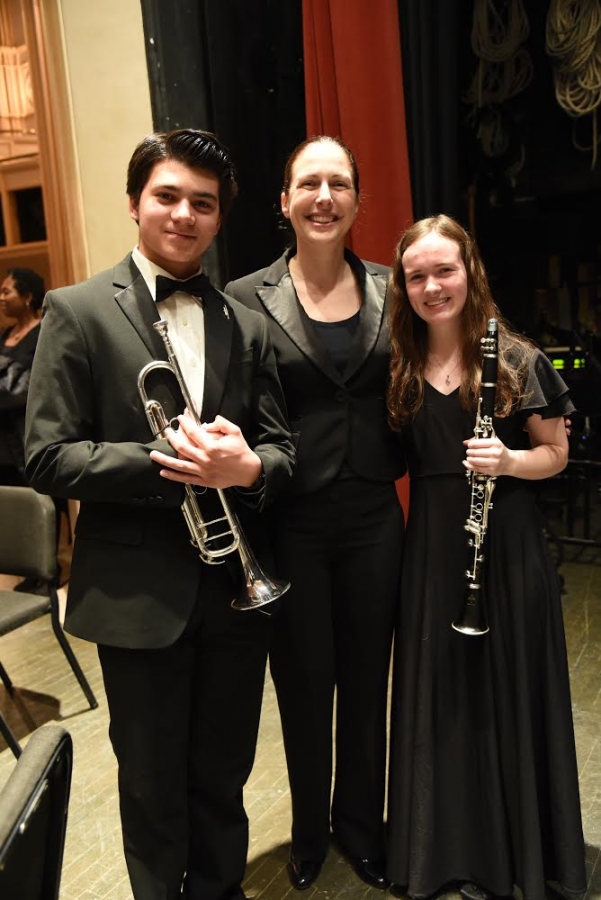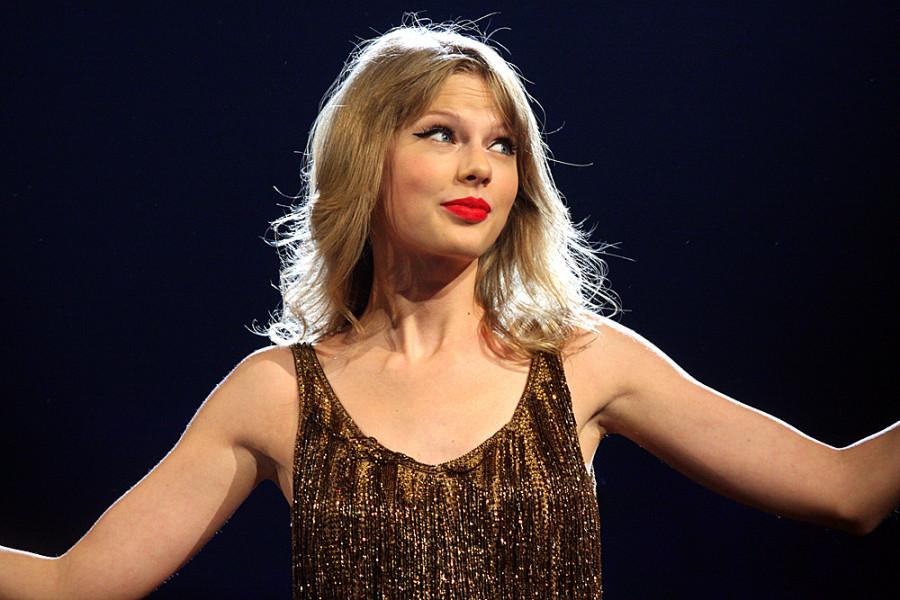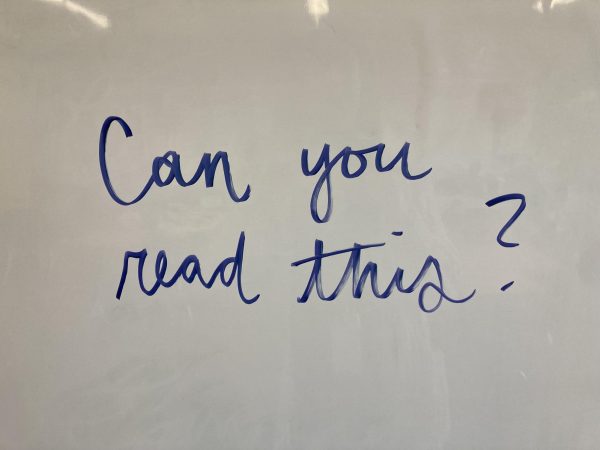Editorial: Pop Culture Feminism: Anything But Intersectional
“Many celebrities fail to bring intersectionality into the equation, leading to the widespread whitewashing of feminist ideals within popular culture.”
Western feminism is divided up into three major waves: the first occurring in the 19th and early 20th centuries, with a focus on women’s suffrage. The second wave emphasised reproductive rights, sexual liberation, and women in the workplace, spanning from the 1960s to the 1990s. Third wave feminism began in the mid 1990s and extends to present day. It allegedly focuses on the dismantling of the idea of universal womanhood, recognizing the differing levels of disparity between women of varying races and religions. It is intended to address the struggles of women who have never risen to the forefront of past feminist movements, such as Trans* women, LPBQA (Lesbian, Pansexual, Bisexual, Queer, Ace/Aro) women, disabled women, women of color, and the like. This is why the brand of feminism sweeping the nation, commonly referred to as white feminism, is so unsettling.
White feminism is not simply a pejorative term coined to describe all gender inequality activists who happen to be white, but rather to describe feminists who fail to take into account the entire premise of the third-wave movement, assuming cis, white, straight, able-bodied, thin women as the default, and therefore avoiding critical analysis of societal disparities on any axis other than gender. This creates a cookie cutter gender equality movement instead of embracing the ever-changing nature of the social, economic, and political advances of women.
After Emma Watson delivered her “HeForShe” speech at the UN in September of 2014, after Patricia Arquette spoke out about wage inequality during her Oscar acceptance speech in 2015, and after the #AskHerMore campaign took hold of the red carpet, we began to at last see celebrities proclaim their feminism in all of its variations, and it seemed that third wave feminism was finally rising to the forefront of public attention. However, many celebrities fail to bring intersectionality into the equation, leading to the widespread whitewashing of feminist ideals within popular culture.
Taylor Swift has recently succeeded Lena Dunham as the poster child of white feminism. After she publicly identified herself as a feminist in 2014, many were relieved that her days of slut-shaming lyrics and internalized misogyny were over. However, her problematic reign was not yet behind her. The legitimacy of Swift’s brand of feminism first came into question during her alleged “twitter spat” with female rapper artist Nicki Minaj. After the nominations for the 2015 Video Music Awards were released, Minaj took to twitter to point out the fact that more nominations went to videos that celebrated women with very slim bodies, as well as what she perceived as racial prejudice within the music industry. Swift responded to this by not only accusing Minaj of “pitting women against each other,” but implying that Minaj’s slot may have been taken by “one of the men.” Not only did Swift derail the calling-out of racial prejudice, but her comment also re-enforced the idea of universal womanhood, the dismantling of which has been declared a priority by the very movement to which she so publicly pledged her support.
Eventually, the two music artists appeared to have made-up after their performance together at the VMAs. However, with the release of Swift’s newest music video, it appears that she has yet to learn the damage that can be done to the credibility of third-wave feminism by white-washing. The video, which is for her song, “Wildest Dreams,” appears to take place on a 1950s-era movie set, in an incredibly overgeneralized African country, in which not a single person of color can be found. As if this generalization isn’t harmful enough, the video calls to mind a time of British imperialism and the “Scramble for Africa,” and undoubtedly romanticizes an era of white supremacy.
Though on the surface these issues may seem very nit-picky, celebrities such as Taylor Swift fail to recognize the way in which their actions undermine the progress of modern feminism, and call into question the necessity of the movement, which is already under harsh scrutiny by much of the general public.
Likely the most common talking point among mainstream feminists is the wage gap, specifically the statistic stating that women in the U.S. make 77 cents to the man’s dollar. However, when broken down by race as well as gender, the wage gap tells a completely different story. In comparison to the white man’s dollar, Latina women make 54 cents, American Indian and Alaska Native women make 59 cents, African American women make 64 cents, and white women make 78 cents.
Women of color have the highest mortality rates from some treatable illnesses, as well as higher mortality rates from some forms of cancer that they are actually less likely to contract than white women. The primary reason for this is the lack of accessibility to healthcare. Though women of color represent 36.3% of the U.S. female population, they account for 53.2% of uninsured women.
According to the 2011 NCAVP Hate Violence Report, though transgender women made up only 10% of total hate violence survivors and victims, they made up 45% of reported hate murders. Trans* women have a one in twelve chance of being murdered, or one in eight if they are a trans* woman of color. 30% of trans* women have been incarcerated.
These statistics, along with many others, highlight the fact that women of color and transgender women do not experience racism, transphobia, and sexism separately. Instead, they are mutually reinforcing, causing these women to face various difficulties that cis white women simply do not have to deal with, which is not being addressed by pop culture feminism. The idea that “we are all women” does nothing other than prevent these groups from being able to move forward.
In a poll taken by the Huffington Post in 2013, 82% of survey respondents said that they believed that “men and women should be social, political, and economic equals,” which is more or less Merriam Webster’s definition of feminism. However, only one fifth of the same group of respondents said that they identified as feminists. One possible explanation for this is the negative connotation surrounding the word feminism itself, and the hesitation toward enthusiastically adopting a movement that seems to have targeted more prevalent issues in the past. So, taking into account negative stereotypes of feminists, as well as the generally negative reception of feminism within the general populous, it is fair to say that the movement needs attention drawn to legitimate, pressing issues facing women, rather than the white-washed, one-size-fits-all brand of feminism that consists of dry, over-generalized talking points being perpetuated by mainstream popular culture.
The most effective way for celebrities who have publicly identified themselves as feminists to use their platform would be for them to address the struggles of marginalized groups, as opposed to using feminism as something to widen their fanbase. Until feminists acknowledge the issues facing women of color, trans* women, and other marginalized groups, and make just as much of an attempt to actively dismember those problems as we have done with issues facing white women, we cannot in good conscience call ourselves feminists.
Your donation will support the student journalists of Manitou Springs High School. Your contribution will allow us to purchase equipment and attend local conferences and trainings!

Aubrey Hall (12) is returning for her 4th and final year in Mass Media. She has held a range of positions in her time at MSHS, from Photography Editor...





